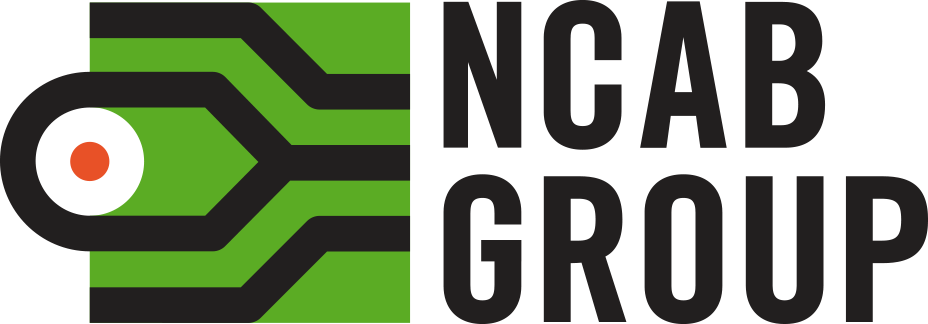Lesson 2: Validating RFQs
2.2 The right projects
Manuscript
An “anonymous” quote is a low opportunity for NCAB. This is typically where we get an RFQ with artwork and batches, and we turn it around with a price, lead time and basic level of technical data on our quote. Nothing more added or communicated.
Another low opportunity is of course price-pressure-RFQs, where they send their top 10–50 part numbers in for an RFQ, we squeeze margin and are still too expensive.
This is quoting with no needs analysis and no relation building in it. We just sent a price and a lead time – any PCB supplier could do that!
My experience is that if we send “anonymous” quotes to customers that we don’t really have a strong relationship with, we are 90% sure to lose it, meaning we can be 90% sure that we wasted our time and resources.
It is a high opportunity for us if we can find a twist or an opening in a project where we can ADD VALUE above the “anonymous” quote. Because that’s what a Needs Analyst does!
Most RFQs are full of openings where we can reduce cost and/or add value. Examples:
• If they ask for standard lead time: Maybe longer is OK? Maybe we can take it by train or something like that? Maybe shorter is actually more valuable for them?
• Same with standard batch sizes: Does it matter to them? If we can have a different batch size, maybe we can serve the customer in a better way?
• Is there an end customer that they are bidding to? What difference can we make for them?
• Can we suggest improvements in the panel design? Maybe our technicians should talk with their technicians?
Projects can also bring high opportunities later on, such as prototypes and quick-turn, where we get a chance to position ourselves for future business. And, of course, project size matters too.
When it comes to risks, we think about the customer, the factory, and ourselves:
– Will this somehow risk my relationship with this customer?
– Is this product design good? If not, what needs to happen?
– Is this the right project for the factory?
– Is the project reasonably safe in terms of product quality and performance?
– Can we make it within our PSL (Preferred Supplier List)? This is essential. It’s better to not quote if customers’ design can’t be discussed, than to quote – or even worse, take an order – that we can´t deliver on.
HEED the NEED!
